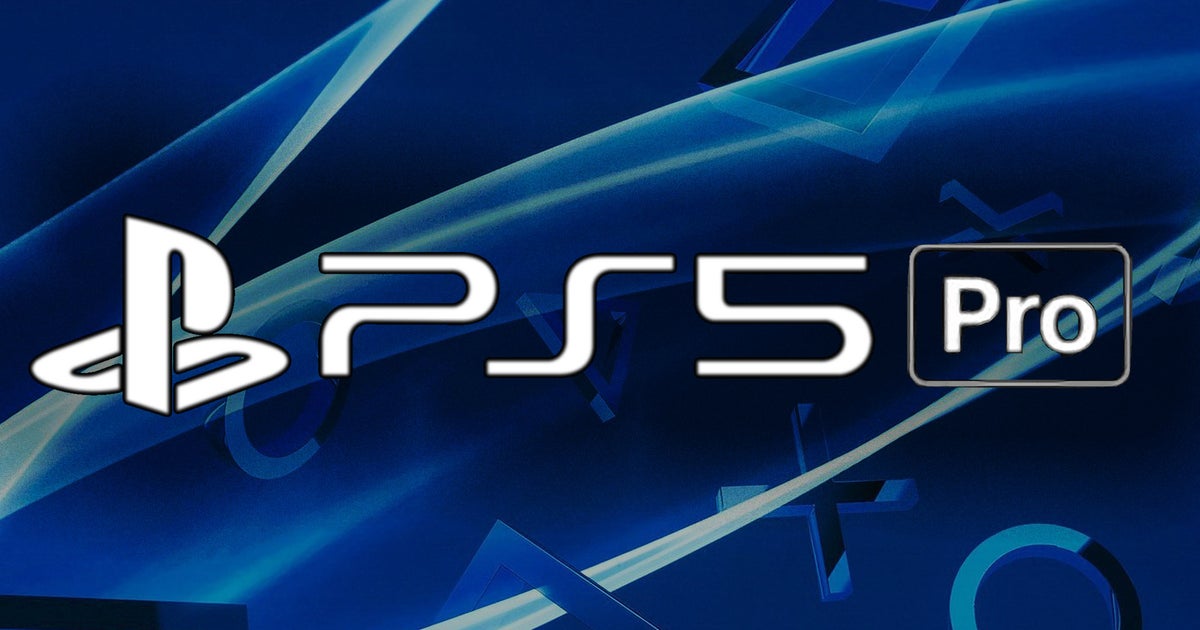Can’t Sony or Microsoft render their OS UI at 720p base resolution and use FSR 2 or FSR 3 to upscale the OS UI to 4K?, wouldn’t that reduce the OS UI memory footprint therefore can allocate more memory to games, every little bit of memory matters when it comes to consoles.
These modern upscaling and reconstruction algorithms are only a performance win because the computational cost of each shaded pixel in a modern 3D game is so high.
That's not the case for OS and APP interfaces, though. They consist of half a dozen alpha mapped textured quads per pixel. Upscalling it would be more computationally expensive than simply rendering at full 4k from the start.
The kind of content that system GUI consists of benefits much more from native full-res rendering, and would suffer much more egregiously from temporal reconstruction / AI halucination. A bunch of vector shapes, still pictures, text and icons is probably the worst imaginable fit for modern reconstruction upscalers.

